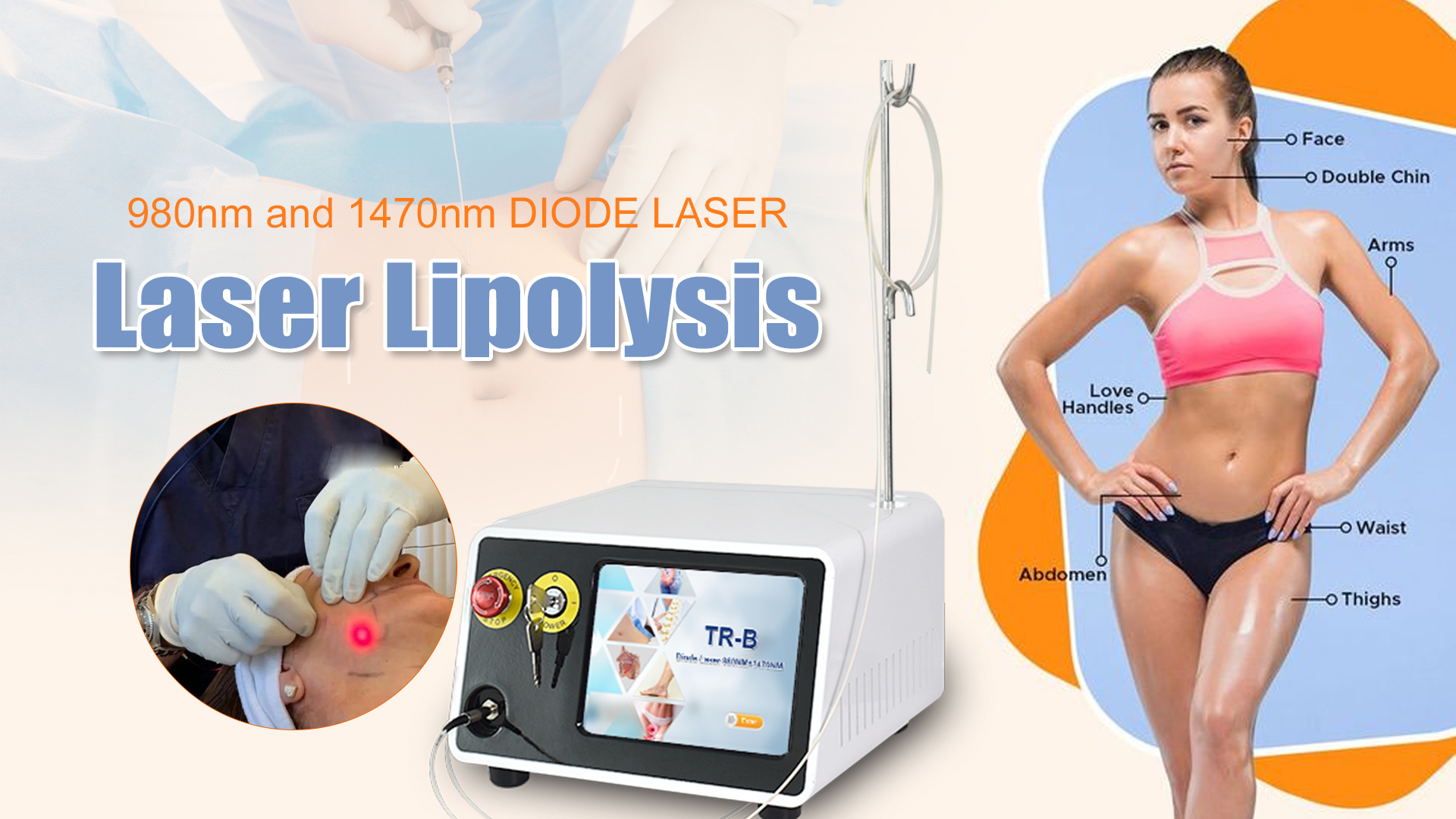What Is Lipolysis?
Lipolysis is a common surgical procedure where dissolve of excess adipose tissue (fat) are removed from “trouble spot” areas of the body, including the abdomen, flanks (love handles), bra strap, arms, male chest, chin, lower back, outer thighs, inner thighs, and “saddle bags”.
Lipolysis is performed with a thin wand called a “cannula” which is inserted into the desired area after the area is numbed. The cannula is attached to a vacuum which removes the fat from the body.
The amount that is removed varies greatly depending on the person’s weight, what areas they are working on, and how many areas they are having done at the same time. The amount of fat and “aspirate” (fat and numbing fluid combined) that is removed ranges from one liter to up to 4 liters.
Lipolysis helps individuals who have “trouble spots”that are resistant to diet and exercise. These stubborn areas are often hereditary and sometimes not proportionate to the rest of their body. Even individuals who are in good shape can struggle with areas such as love handles that just don’t seem to want to respond to diet and exercise.
Which Body Areas Can Be Treated By Laser Lipolysis?
The most frequently treated areas for women are the abdomen, flanks (“love-handles”), hips, outer thighs, anterior thighs, inner thighs, arms, and neck.
In men, who comprise about 20% of lipolysis patients, the most commonly treated areas include the chin and neck area, abdomen, flanks (“love-handles”), and chest.
How Many Treatments Are Needed?
Only one treatment is required for most patients.
What Is The Process Of Laser Lipolysis?
1. Patient Preparation
When the patient arrives at the facility on the day of the Lipolysis, they'll be asked to privately disrobe and put on a surgical gown.
2. Marking The Target Areas
The doctor takes some «before» photos and then marks the patient's body with a surgical marker. Markings will be used to represent both the distribution of fat and the proper locations for incisions
3. Desinfecting The Target Areas
Once in the operating room, the target areas will be thoroughly disinfected
4a. Placing Incisions
First the doctor (prepares) numbs the area with tiny shots of anesthesia
4b. Placing Incisions
After the area is numbed the doctor perforates the skin with tiny incisions.
5. Tumescent Anesthesia
Using a special cannula (hollow tube), the doctor infuses the target area with the tumescent anesthetic solution which contains a mixture of lidocaine, epinephrine, and other substances. The tumescent solution will numb the entire target area to be treated.
After the tumescent anesthetic has taken effect, a new cannula is inserted through the incisions. The cannula is fitted with a laser optic fiber and is moved back and forth in the fat layer under the skin. This part of the process melts the fat. Melting the fat makes it easier to be removed using a very small cannula.
7. Fat Suction
During this process, the doctor will move the fiber back and forth in order to remove all of the melted fat from the body.
8. Closing Incisions
To conclude the procedure, the target area of the body is cleaned and disinfected and the incisions are closed using special skin closure strips
9. Compression Garments
The patient is removed from the operating room for a short recovery period and given compression garments (when appropriate), to help support the tissues that have been treated as they heal.
10. Returning Home
Instructions are handed out regarding recovery and how to deal with pain and other issues. Some final questions are answered and then the patient is released to go home under the care of another responsible adult.
Post time: Jun-14-2023

